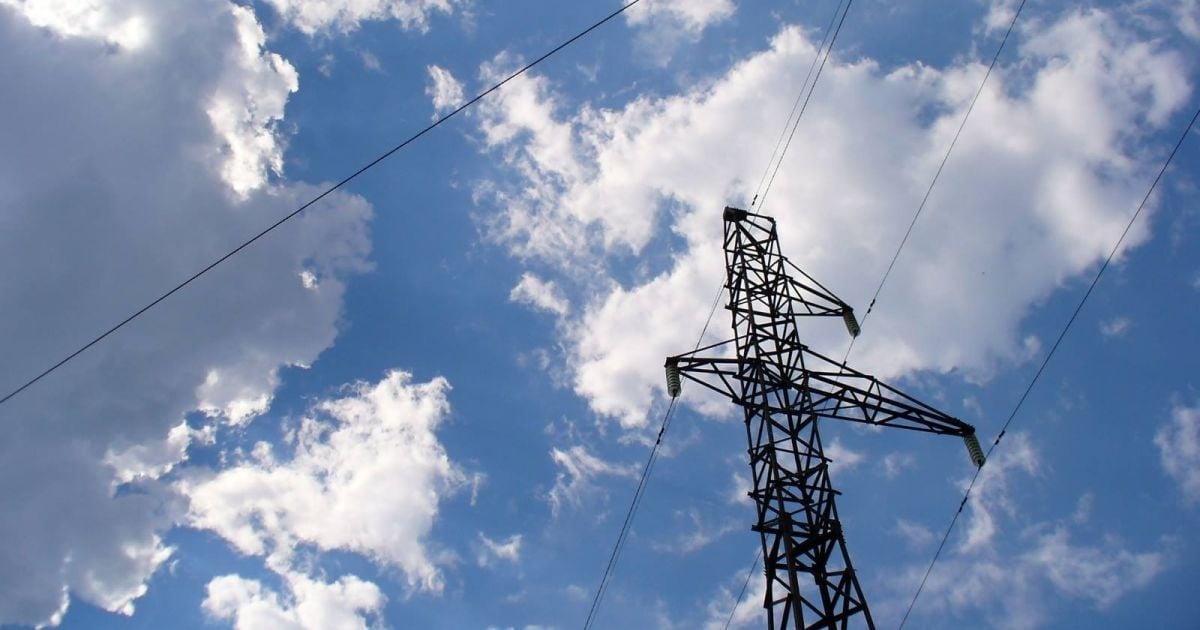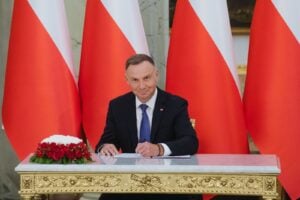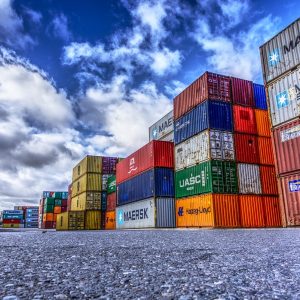Debt knot: why the Ukrainian electricity market suffers from huge debts
2 October 15:03 ANALYSIS FROM
ANALYSIS FROM Billions, tens of billions of hryvnias – these are the sky-high amounts of debt in the electricity market. And it has not been possible to untie this debt knot for years. We found out why
The peculiarity of the debt crisis in the electricity market is not only its threatening scale, but also the fact that the situation resembles a kind of tangle, where the debt obligations of some market participants are intertwined with the obligations of others, forming a long chain of debts. Moreover, most of the links in this chain link their hopes to pay off their debts to decisions at the state level. And the Ministry of Energy allegedly already has a draft roadmap to resolve the debt crisis in the electricity market. In fact, market participants have been waiting for such a map.
A strong circle of debtors
Life experience tells us that in order to try to untangle the debt tangle, we should pay attention to the part of the economy where the most debts have accumulated. Darya Orlova, electricity market analyst at ExPro, explains further.
“The debt problem is more a story of circular debt. One company owes another, which in turn owes another. The largest debt in the electricity market is currently observed in the balancing market. And it is to the transmission system operator Ukrenergo. These are consumer companies – usually state-owned utilities, water utilities, state-owned mines, etc. They do not pay Ukrenergo for balancing electricity. There is also a supplier of last resort, Ukrinterenergo, which supplies electricity to these enterprises that can no longer work with a regular supplier and cannot be disconnected from electricity. As a rule, they do not pay this supplier of last resort and, accordingly, accumulate debt,” the expert notes.
Water and sewerage companies are considered to be the biggest debtors for electricity consumption and distribution. As of June 1 of this year, the debt of water supply and sewerage companies for electricity and its distribution reached UAH 12.5 billion. The debt structure is as follows: uAH 11.4 billion (91.0%) for electricity consumed; UAH 1.1 billion (9.0%) for distribution services. These data are provided by the DiXi Group Analytical Center. Between March and May 2025, the debt increased by 5.5% – from UAH 11.8 billion in February. The bulk of the debt of water utilities for electricity is concentrated in two eastern frontline regions. The reasons for the debt growth are no secret: “frozen” tariffs for water supply and sewerage services for household consumers and the state’s debt to compensate for the difference in tariffs. The result: a debt of more than UAH 11 billion. And this is only the debt of water utilities. What are the amounts of debts that put pressure on other links in the chain? Daria Orlova, electricity market analyst at ExPro agency, continues.
“The debt to Ukrenergo on the balancing market by market participants is UAH 39 billion. This is the largest amount. That is, it is constantly accumulating and it is not decreasing. This is a record amount for all the years. There is also a debt of Ukrinergo to the market participants that supply this balancing electricity. This debt is decreasing slightly, but we do not see a sharp reduction. It is currently 16 billion hryvnias. The biggest debt is owed to Ukrhydroenergo and DTEK Group companies,” states Daria Orlova.
The relevant government agencies are trying to mitigate the debt situation. For example, the National Energy and Utilities Regulatory Commission (NEURC) raised electricity distribution tariffs for a number of distribution system operators on September 1. The logic of the decision is simple: these companies are paying off their debts to Ukrenergo, which will do the same to generating companies, and in particular those that produce green energy.
There are also positive trends
Debt to renewable energy companies is a chronic problem in the Ukrainian energy market. But recently, there have been some grounds for optimism. Current payments are improving, the situation has stabilized, although the debt problem remains unresolved. Vladyslav Sokolovsky, Chairman of the Board of the Solar Energy Association of Ukraine, continues.
“According to the current model, NPC Ukrenergo compensates SE Guaranteed Buyer for the difference between the market price of electricity and the feed-in tariff through the mechanism of special obligations (PSO). However, consumers and traders do not pay Ukrenergo in full, which has led to a shortage of funds. As of July 2025, Ukrenergo’s debt to Guaranteed Buyer amounted to about UAH 15.3 billion. The level of payments by Guaranteed Buyer to RES producers has the following dynamics: 63.6% in 2022, 99.2% in 2023, 89.2% in 2024, and 90.1% since the beginning of 2025. The total debt to RES producers has been reduced to about UAH 22 billion. We can confidently say that at least 80% of the total debt to RES is the debt to solar generation,” the expert notes.
The debt to wind generation producers now exceeds UAH 1 billion. About this in a comment to the publication
“This happened, firstly, due to the establishment of an economically justified tariff for Ukrenergo for electricity transmission services and, as a result, payments are now made on time and almost in full. Secondly, almost all wind generation has left the balancing group of Guaranteed Buyer and is now operating on market conditions, which makes the sector more predictable and sustainable,” the official said.
Vladyslav Sokolovskyi, Chairman of the Board of the Solar Energy Association of Ukraine, also explained how the state of settlements with renewable energy producers has improved this year.
“At the beginning of 2025, Law No. 4213-IX was adopted, which provides for the allocation of UAH 10.7 billion saved by Ukrenergo on dispatching in 2023 to repay the debt: 45% – on the balancing market, 45% – to Guaranteed Buyer and 10% – to the owners of home solar power plants. In addition, the NEURC approved Ukrenergo’s electricity transmission tariff for 2025 at UAH 686.23/MWh excluding VAT, which is almost 30% higher than in 2024. This made it possible to set a deficit-free tariff for the first time in several years. In general, the situation has stabilized, although the debt problem remains unresolved,” the official said.
Andriy Konechenkov, Chairman of the Board of the Ukrainian Wind Energy Association, also reminds of the need to resolve the problems that occurred in 2022.
“It is necessary to resolve the issue of possible “asynchronous” operation of certain producers from March to October 2022, as a result of which NPC Ukrenergo did not receive reliable and verified commercial metering data necessary for settlements. The lack of confidence in about 4% of the payment amount for this period should not stop the settlement with the entire sector. To this end, the relevant law should be amended to allow unverified data to be separated from the total calculation and the debt to the bulk of producers to be repaid. The problem of imbalances for 2022 also needs to be resolved, including at the legislative level,” the expert said.
According to him, a mediation procedure has already been launched on this issue with the participation of renewable energy producers, Guaranteed Buyer and the Energy Community.
How to untie the debt knot
Answering the question of how the debt problem in the electricity market can be solved, the interlocutors of the
According to Vladyslav Sokolovskyi, Chairman of the Board of the Solar Energy Association of Ukraine, the solution should definitely include debt restructuring with a clear payment schedule, creation of a transparent and predictable payment mechanism, and, of course, search for sources of funding.
“It is necessary to target the funds from special funds and international assistance to repay these debts. The state should also pay special attention to the issue of repayment of debts owed by critical infrastructure facilities, such as the Water of Donbas Company, to NPC Ukrenergo,” the official said.
Andriy Konechenkov, Chairman of the Board of the Ukrainian Wind Energy Association, agrees that “it is impossible to solve the issue in only one segment.”
“Debts to renewable energy producers should be settled comprehensively, in parallel with solving the problem of debts in other market segments, in particular in the balancing market,” the expert emphasizes.
That is why market watchers are so eagerly awaiting the results of the Ministry of Energy’s comprehensive study of debt settlement mechanisms in the electricity market and the subsequent presentation of a Roadmap with a clear definition of the timing and sources of funding for the final resolution of the debt knot.
Author: Sergiy Vasylevych









